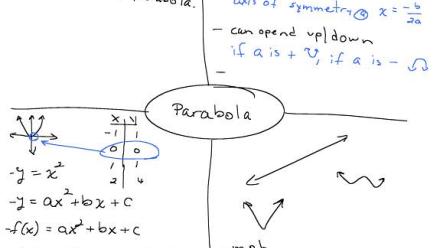Download a Graphic Organizer
The Frayer Model is a strategy requires students to define a target vocabulary words or concepts, and apply this information by generating examples and non-examples, giving characteristics, and/or drawing a picture to illustrate the meaning of the word. Students record information on a graphic organizer that is divided into four sections to provide a visual representation of the information.
Why use the Frayer Model?
This instructional strategy promotes critical thinking and helps students to identify and understand unfamiliar vocabulary. The Frayer Model can be used with the entire class, small groups, or for individual work. The Frayer Model draws on a student’s prior knowledge to build connections among new concepts and creates a visual reference by which students learn to compare attributes and examples as they learn.
How to create and use the strategy
Pre-select a list of key vocabulary or concepts from a reading selection that relate to big ideas, themes, or have rich connections to other ideas. Next, you want to walk students through the four areas of the Frayer Model so they understand the expectations for recording information. Are drawings ok? Can you include graphs? Can I jot bulleted notes or do you want full sentences? Students will most likely ask many of these questions, so make sure to address them as you introduce the model.
- Download our Frayer Model template (fillable pdf) to use.
- Review the vocabulary words or concepts list with your class before students read the selection.
- Have your students read the assigned text and carefully define the target concepts using the four-square chart for each concept.
- Ask your students to share their completed Frayer Models with partners and small groups to compare and contrast their thinking and gain new ideas from one another.
- Remind students that completed Frayer Models are a great tool for reviewing vocabulary and concepts before a test.
Strategy in action
Let’s watch as a middle school science teacher uses the Frayer Model to help her students learn new science vocabulary words.
Tips for success
- Don’t be fooled by the simplicity of the Frayer Model. It has the power to really support your students in making connections between words and ideas to boost their overall vocabulary and conceptual knowledge.
- As with any tool, the more opportunities students have to use them, the more proficient they become at using it to support their understanding. Talking to colleagues about implementing a Frayer Model approach across disciplines or even across or between grade levels can be a powerful support to students’ growing vocabulary and conceptual knowledge.
